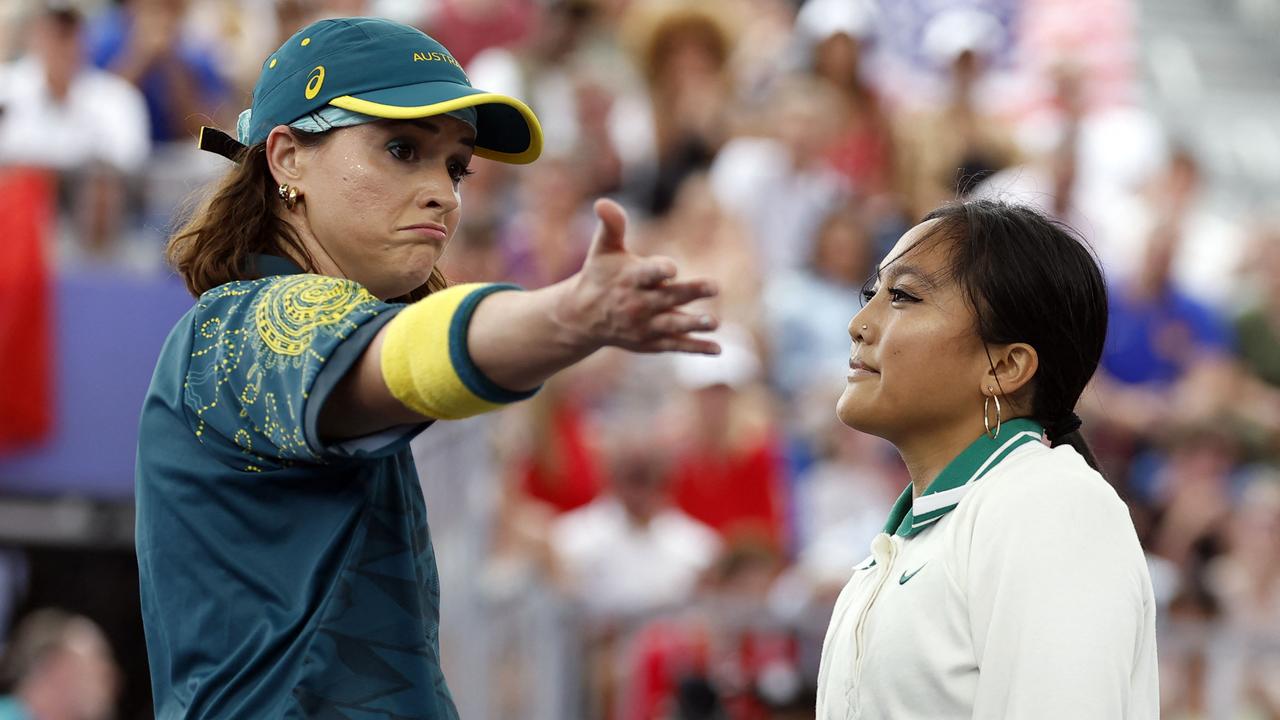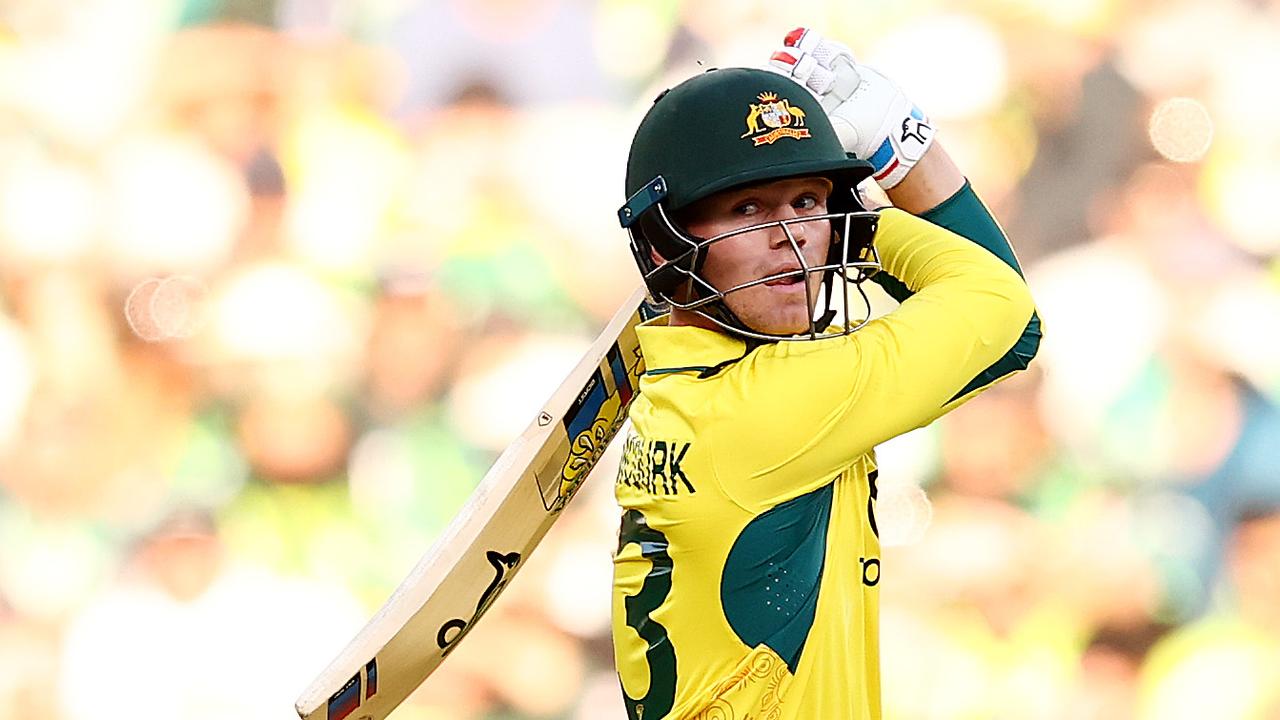‘Kicking themselves’: Aussie hits out at critics after breakdancing’s wild Olympics debut

- by Admin
- August 9, 2024

The urban sport of breaking spun its way onto the Olympic stage on Friday for the first and possibly last time, with Japan’s B-Girl Ami winning the inaugural women’s gold.
Breaking, better known as breakdancing, made its debut amid the grand elegance of Paris’ Place de la Concorde, with 17 dancers known as B-Girls going head-to-head in a series of battles.
Ami, whose name is Ami Yuasa, beat Lithuania’s Dominika “Nicka” Banevic in the final, with China’s Liu “671” Qingyi taking bronze.
The sport’s appearance at the Olympics could be a fleeting one however, having already been dropped from the Los Angeles 2028 programme and no guarantees it will return in the future.
“It was disappointing it was decided that it wouldn’t be in LA, particularly before we even had a chance to show it,” said Australian B-Girl Rachel “Raygun” Gunn.
“I think that was possibly a little premature. I wonder if they’re kicking themselves now.”
36-year-old Gunn lost all three of her pool matches, but was beaming with pride.
“I am super excited to be part of bringing breaking to the world,” she said.
“It is such a phenomenal atmosphere here. It is such an amazing experience, and it is a privilege to get this opportunity.”
“All my moves are original,” she added after the judges didn’t show her much love.
“Creativity is really important to me. I go out there and I show my artistry.
“Sometimes it speaks to the judges, and sometimes it doesn’t. I do my thing, and it represents art. That is what it is about.”
Organisers ensured breaking made the most of its time in the spotlight in Paris, pumping up the volume for an excited crowd that included rapper Snoop Dogg.
“I still don’t believe that I’m here because breaking is so different,” said Italian Antilai Sandrini, known by her B-Girl name Anti.
“I never thought about breaking at the Olympics, so for me it’s really huge.”
The first contest of the day was between India Sardjoe of the Netherlands, known by her B-Girl name India, and Refugee Olympic Team competitor Talash.
Talash, whose real name is Manizha Talash, left Taliban-controlled Afghanistan to live in Spain two years ago and danced wearing a blue cape with “Free Afghan Women” printed on it.
“There are so many people that are struggling everywhere, and this is why the world needs this,” said American B-Girl Logistx, also known as Logan Edra.
Breaking originated as part of hip hop culture in New York in the 1970s. What began in the block parties of the Bronx has reached the fountains and classical facades of one of Paris’ most opulent public spaces, overseen by the International Olympic Committee.
Logistx said finding a balance between breaking’s roots and Olympic competition had been “a messy process”.
“I’m just so happy with what everyone fought for on this journey because I feel like the culture pulled through,” she said.
Each battle sees B-Girls take turns to lay down their dance moves over a set number of rounds, with a panel of judges determining the winner.
The competition opened with a pool stage featuring four groups of four B-Girls, before moving onto the knockout round.
The B-Girls perform on a circular stage, accompanied by a DJ pumping out hip-hop classics and MCs hyping up the crowd.
B-Girls in the women’s event come from countries as diverse as Japan, Lithuania, Morocco and Australia.
Australian Raygun offered a riposte to those who claim breaking should not be an Olympic sport.
“What is an Olympic sport? What are the similarities between dressage and artistic swimming and the 100m sprint and the pentathlon?” she said.
“Breaking is clearly athletic, it clearly requires a whole level of dedication across a number of different aspects.
“It’s really bringing a new level of excitement.”
The men’s competition takes place on Saturday.
The Latest News
-
November 14, 2024Australia Post unites HR support with new ‘front door’ and tech platform
-
November 14, 2024England Boss Fears New Directive Risks Rugby Turning Into Aussie Rules
-
November 14, 2024The Hunter day at Newcastle Races Betting Sites/Apps Offers, Free Promo Codes and Bonuses – 2024
-
November 14, 2024Moonee Valley Races Betting Sites/Apps Offers, Free Promo Codes and Bonuses – 15/11/2024
-
November 14, 2024Virat Kohli was once the king. He’s now in the company of journeymen





